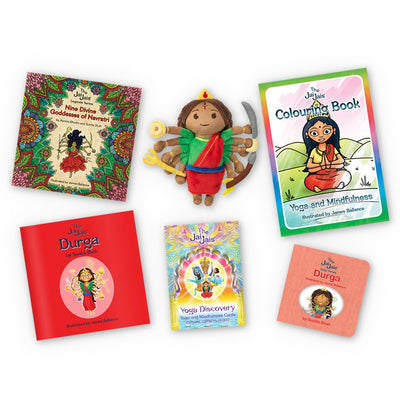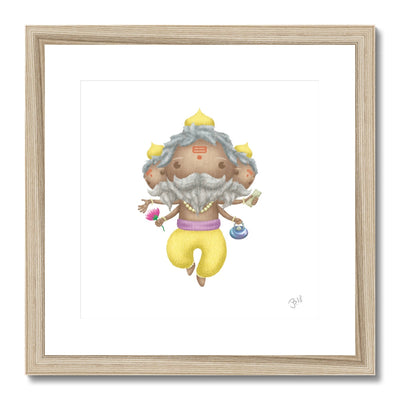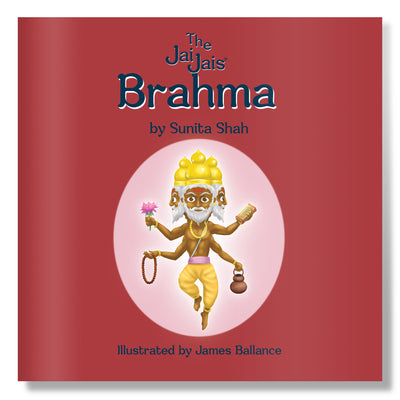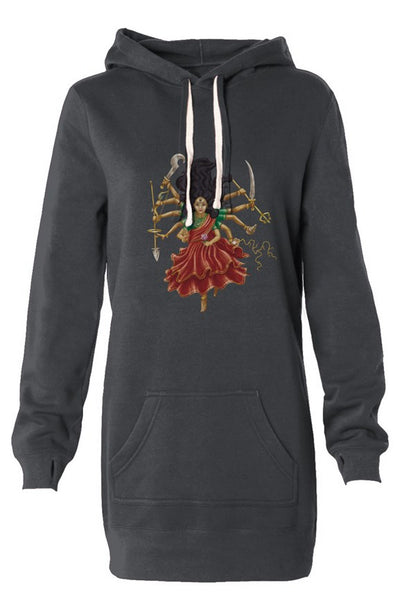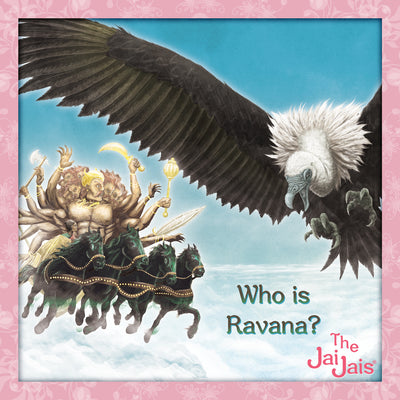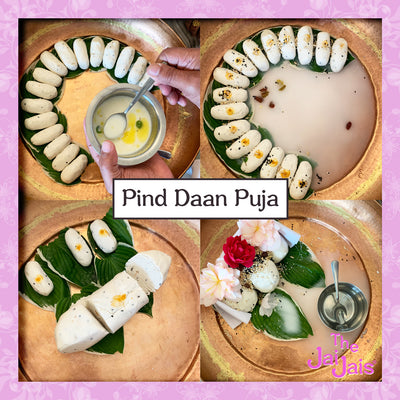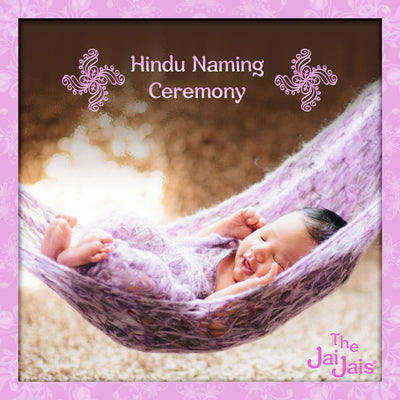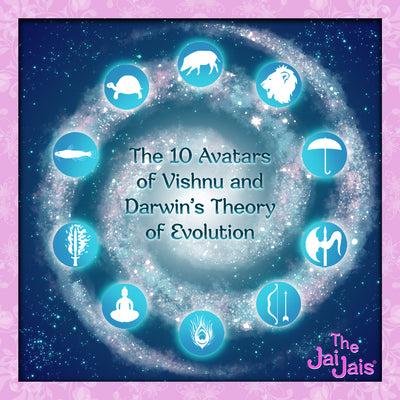Sita is a Hindu goddess and one of the central figures in the Hindu epic, Ramayana and its other versions. Sita was the abandoned natural child of Bhūmi, Mother Earth, and was discovered in a field. She was adopted by King Jananka of Mithila (now Nepal) and his wife Queen Sunaina. She has a younger sister, Urmila, and the female cousins Mandavi and Shrutakirti. Sita is known for her dedication, self-sacrifice, courage and purity.
Sita, in her youth, chooses Rama, the prince of Ayodhya as her husband in a swayamvara—bride choosing the best from a crowd of suitors after a contest, where Rama proves his heroism and valor and martial power and "defeats" the other seekers for Seeta's hand in marriage. After the swayamvara, she accompanies her husband to his kingdom, but later chooses to accompany her husband, along with her brother-in-law Lakshmana, in his exile. While in exile, the trio settles in the Dandaka forest from where she is abducted by Ravana, the demon king of Lanka. She is imprisoned in Ashoka Vatika in Lanka until she is rescued by Rama, who slays her captor. After the war, in some versions of the epic, Rama asks Sita to undergo Agni Pariksha (an ordeal of fire) by which she proves her purity before she is accepted by Rama, which for the first time makes his brother Lakshmana get angry at him.
Sita represents the ideal wife, daughter and mother to the Hindu people, and is remembered for her fine attributes and revered for having the noblest qualities of women.
Rama was crowned king, and Sita ruled with him for a short while until the people once again doubted her chastity. To appease them, Rama sent her back to exile, despite the fact that he was certain of her chastity and loyalty. He had his brother take her deep in to the forest and leave her there alone. By this time she was already pregnant and particularly vulnerable.
A kind sage named Valmiki found Sita, and took her into his ashram where he cared for her. She eventually delivered twin boys, Luv and Kush. They learned to be great warriors under the tutelage of the sage, with a particular talent for archery.
Rama, on the other hand, missed his family terribly. To further prove his imperial authority, he began the Ashvamedha. This was a ritualistic sacrifice involving a horse released to roam the kingdom and surrounding areas for an entire year accompanied by the king’s soldiers. If no enemy killed or captured the horse, or won a battle with the warriors during that time, supreme sovereignty would be declared, may no longer be challenged, and the horse would be led back home to be sacrificed.
The horse wandered into the forest and Luv and Kush quickly captured it. Rama sent his brothers to fight the twins and they returned defeated so Rama stepped in to confront them himself. He expected to win easily, but it didn’t happen quite that way, and Rama was so impressed with the twins’ abilities, he invited them back to his palace. At that point, their identity was revealed and Rama was reunited with his own twin sons.
Once her sons had been united with their father, Sita felt the circle of her life’s mission had been completed. Rama asked her to once again to be by his side as his queen but she no longer wanted to return to him or the kingdom.
She appealed to Bhūmi, Mother Earth, to take her back into her arms and release her from the sadness of her life. The earth split open, and the earth mother took Sita’s hand and gently led her down inside to a better world, marking the end of the Devi Sita’s avatar.


